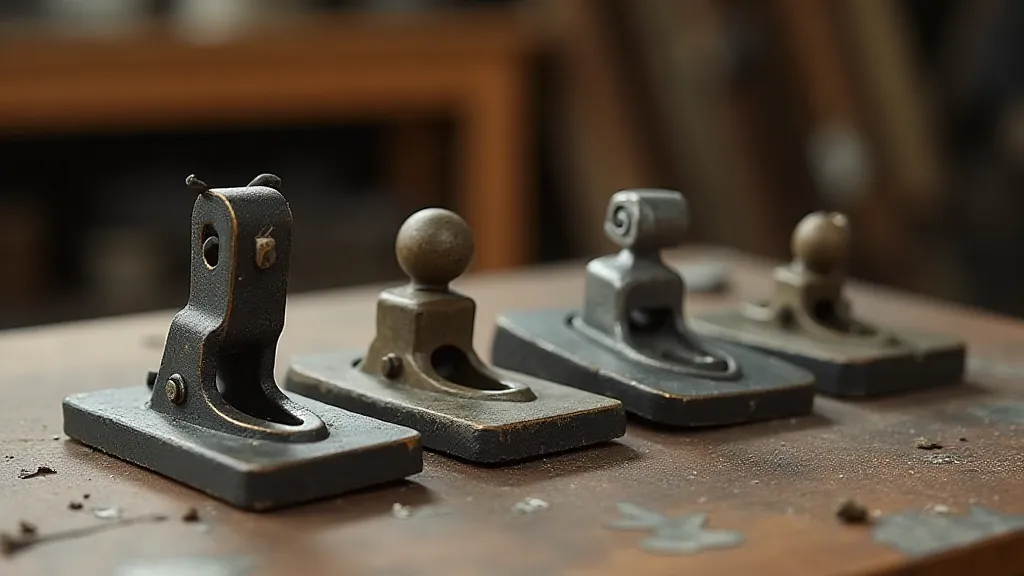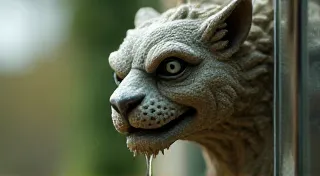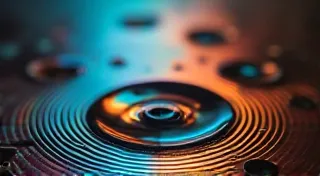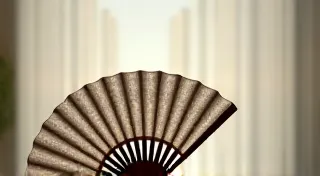The Cartographer's Tools: Mapping the Evolution of Zigzag Feet Through the Decades
The whirring of a vintage sewing machine isn't just the sound of machinery; it's a whisper of history, a chorus of countless garments brought to life. And nestled beneath that needle, a small but vital component – the sewing machine foot – often remains unappreciated. While we admire the intricate stitches, the flowing lines of a 1920s dress, or the sturdy construction of a WWII-era utility garment, we rarely pause to consider the often-overlooked evolution of the tools that made those creations possible. This article focuses on a specific, transformative type of foot: the zigzag foot, and its fascinating journey through the decades, a testament to human ingenuity and the ever-evolving needs of textile creation.
For most of the 19th century, the world of sewing involved meticulous handwork. The early sewing machines, those marvels of Victorian innovation, were primarily designed for straight stitching, a significant improvement, certainly, but limited in its versatility. Then came the introduction of the zigzag stitch – a game-changer. This allowed for stretch, a greater range of fabric types, and, crucially, the ability to create seams that wouldn't unravel easily. But the foot itself had to adapt. Early attempts to accommodate this new stitch were often improvised, requiring users to modify existing presser feet or even create their own.
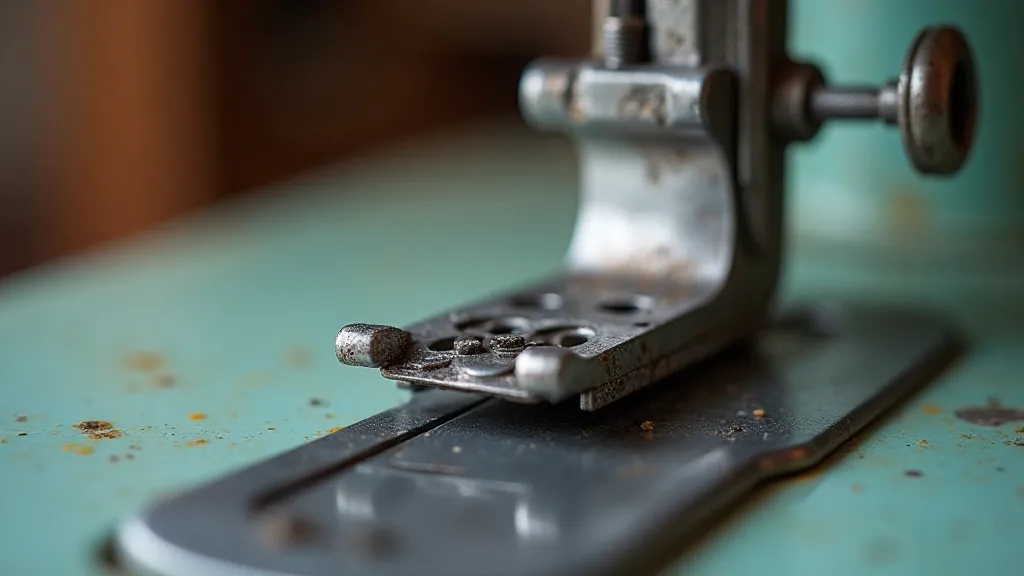
The Pioneer Feet: Adapting to a New Stitch
The earliest zigzag feet were often simply modified versions of straight stitch feet. Think of them as the first tentative steps on a new map – rough, unrefined, but filled with promise. These adaptations often involved a slight curvature to allow the needle to move laterally, but the presser foot pressure could be inconsistent, sometimes causing skipped stitches or fabric distortion. I remember my grandmother, a seamstress throughout the 1940s, describing how she’s often had to adjust the tension and pressure settings with each new zigzag project, a fiddly and time-consuming process. The early feet were a testament to the willingness of home sewers and professional seamstresses to experiment and overcome challenges in pursuit of greater creative possibilities.
The "Universal" Foot: A Step Towards Standardization (1950s - 1960s)
The 1950s and 1960s saw a shift towards more standardized solutions. The "universal" zigzag foot emerged as a common design. These feet featured a slightly rounded shape and a generally wider profile, intended to accommodate a wider range of needle sizes and fabrics. While a significant improvement over earlier adaptations, universal feet often lacked the precision needed for intricate work. Many vintage sewing machine repair manuals from this era include detailed troubleshooting sections specifically addressing issues with universal feet – uneven pressure, skipped stitches on thicker fabrics, and general unreliability. The pursuit of a truly "universal" foot highlighted the inherent complexity of accommodating diverse sewing needs.
The rise in popularity of synthetic fabrics like nylon and polyester during this period further fueled the demand for more adaptable feet. These fabrics presented unique challenges, requiring feet that could handle their elasticity and often slick surfaces. The development of new plastics and lightweight alloys allowed for experimentation with different foot shapes and materials.
The Specialized Feet Era (1970s - 1980s)
The 1970s and 1980s marked the true blossoming of specialized sewing machine feet. Manufacturers began to understand that a single "universal" foot couldn't meet the ever-growing demands of modern sewing. Narrower, more precisely shaped feet appeared, designed for specific tasks like zipper insertion, buttonholes, and gathering. The introduction of clear plastic feet, allowing sewers to see the needle’s position beneath, was a revolutionary development, leading to greater accuracy and control. This wasn't merely a technical upgrade; it was an empowerment of the sewist.
I recall seeing a beautifully restored Singer 201-2 from the 1970s recently. The owner proudly displayed a whole collection of specialized feet – a buttonhole foot, a blind hem foot, a gathering foot, each carefully chosen to optimize specific sewing tasks. The sheer variety reflected the growing sophistication and specialization within the sewing community. It was a visual representation of creativity unleashed.
The High-Tech Feet: Micro-adjustments and Precision (1990s - Present)
The 1990s and beyond ushered in an era of high-tech sewing machine feet. Micro-adjustments in foot shape and pressure became the norm, allowing for unparalleled precision. The introduction of free-motion quilting feet, with their ability to disengage the feed dogs, opened up entirely new avenues for creative expression. Foot designs became more complex, incorporating features like adjustable guides and pivoting arms. The materials used also evolved, with titanium and ceramic alloys offering superior durability and low-friction surfaces.
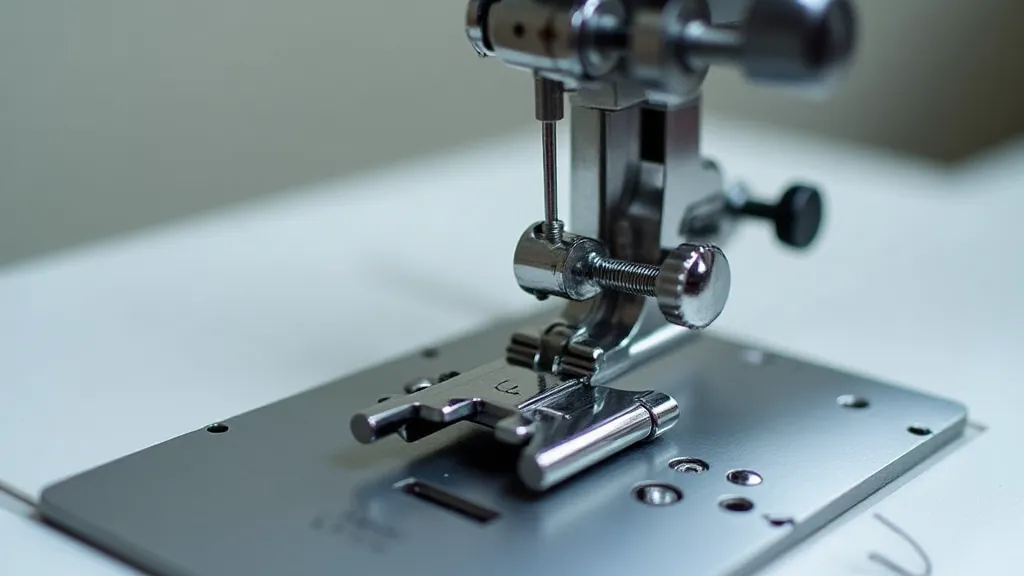
The Legacy of Innovation
Examining the evolution of the zigzag foot is more than just a technical exercise; it's a journey through the heart of human creativity. Each foot represents a response to a need, a problem solved through ingenuity and perseverance. The early adapters, the pioneers who dared to modify existing feet, laid the groundwork for the sophisticated array of tools we have today. Restoring a vintage sewing machine is an act of preserving not just a piece of machinery, but also a piece of that history. Consider the stories woven into the fabric that each foot has touched, the garments brought to life by its precision. And remember that the evolution continues; new feet are constantly being developed to meet the ever-evolving needs of the sewing community.
Collecting vintage sewing machine feet can be a rewarding hobby. They offer a tangible connection to the past, a glimpse into the lives of those who relied on these tools to create. They are small artifacts, but their significance lies in the enormous impact they have had on the world of fashion and textile arts. The quiet whir of a vintage sewing machine and the precise movement of its foot are a testament to the enduring power of human innovation.
